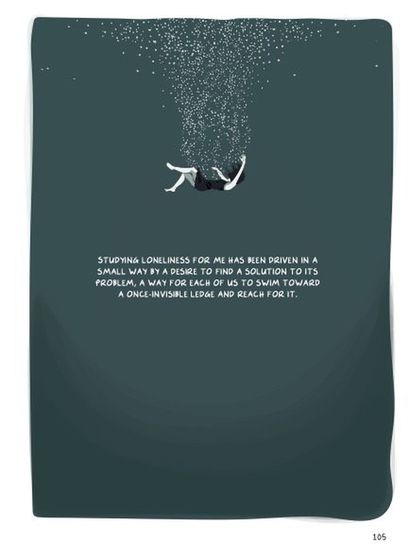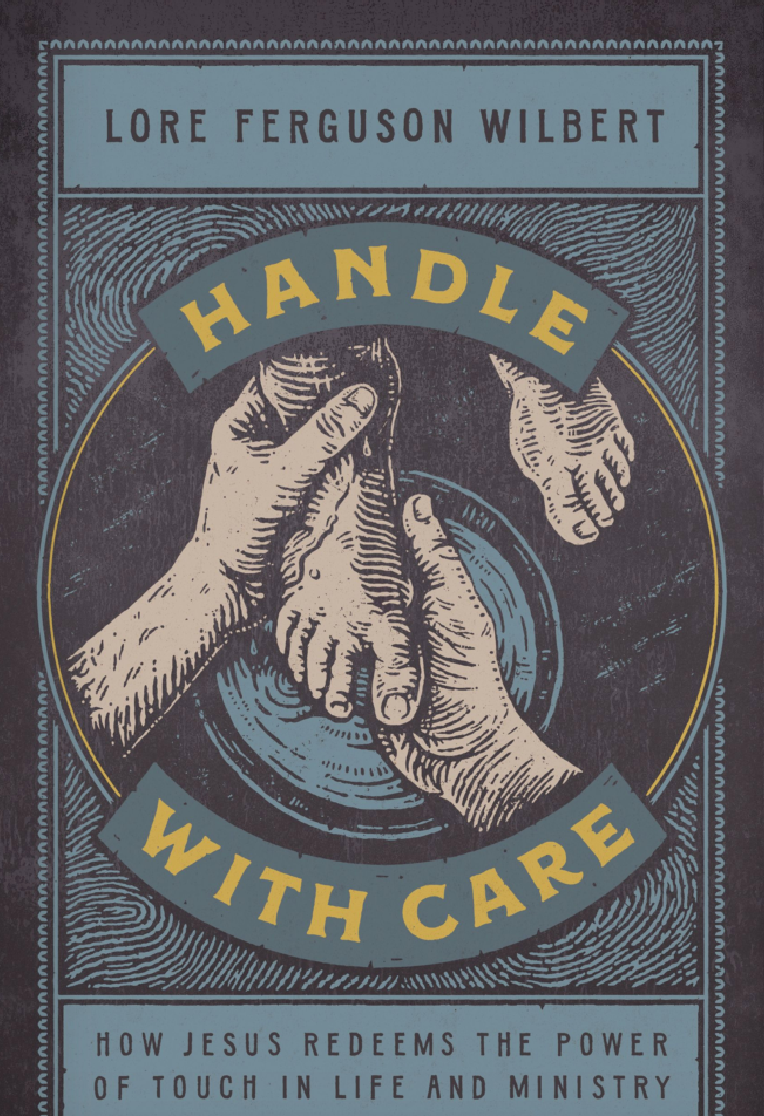Peers romantically relate stories of childhood nights beneath the covers, beyond bedtime, a flashlight bulb intensifying the illumination from a book’s pages. I spent the same nights with my radio turned just above a whisper, baseball games beaming in from the California coast.
The play-by-play man offered a young imagination chances to create pictures of ground balls bound for the promised land between first and second. Color commentators kept the conversation going, tethering meaning to the game’s magic. They paused only for station identification scripts I memorized like Bible verses and commercials regaling me with offers for products I didn’t understand.
Everything about this nighttime custom mattered, yet it took decades to fully recognize its warm-blanket assurance. I asked the world outside my room for signs of life from the unknown night. And the world sent back balls and strikes, timbre and cadence.
As I got older–college, 20s, beyond, the voices changed but the rituals remained: I’d fall asleep to Conan O’Brien monologues in my dorm room. Sighing out stress from my first twentysomething job as a glorified collections agent, I laid me down to sleep, playing the saddest songs I could stand. On the highway, gliding over blacktop through night’s last watches, I handled the radio dial like a divining rod—turning, turning, turning till some far-off sound broke the static.
When you can’t face the dark alone, you pray for a voice to perforate the noise. Some nights, any voice feels like God’s answer.
Kristen Radtke honors it all—the night, the static, the voice straining to come through—in Seek You: A Journey Through American Loneliness. In this work of graphic nonfiction, Radtke examines loneliness from a number of acute angles; she extracts meaning from autobiography, passes along observations from science and pop culture, and shares testimonies from other lonely hearts. Her words and illustrations pursue understanding and healing from our common sense of isolation.
Early on, Radtke writes tenderly but firmly, disarming readers accustomed to dismissal. She pledges to take the piss out of our myths about loneliness yet never diminishes its ache.
“Loneliness is often exacerbated by a perception that one is lonely while everyone else is connected,” Radtke writes above a simple drawing of people in a line, separated by degrees of distance.
She continues: “It’s exaggerated by a sensation of being outside something that others seem to be in on: a family, a couple, a friendship, a joke. Perhaps now we can learn how flawed that kind of thinking is, because loneliness is one of the most universal things a person can feel.”
Seek You takes its title from CQ calls made by amateur radio operators. Say them out loud and those two letters fulfill their name; a CQ call represents “a reaching outward, an attempt to make a connection across a wavelength with someone you’ve never met.”
“It means, essentially, ‘Is there anyone out there?’ and invites anyone listening to answer,” Radtke adds.
Radtke’s study of the CQ call, something between found poetry and origin story, connects her across a wavelength with someone known: her father. Radtke describes him as “stoic, religious, extraordinarily strict,” a man who seemed uninterested in, “of all things, connection.”
In an uncle’s recollections, she discovers her dad’s time at the radio; his attempts to hear—or be—that welcome voice offer her surprising evidence of his “need for anything other than order.” This early story taps out hopeful dots and dashes. Sometimes, well beyond their sounding, the signals meet.
Radtke’s subdued, soulful work slips between types of isolation, leading readers to the cusp of their loneliness, lending them language to name it. She writes of the loneliness we project upon everyday people and moments, how we “apply an Edward Hopper glaze over the crystalline banality of a stranger’s routine.”
“Perhaps we see loneliness in others simply to feel less lonely ourselves,” she writes.
As if loneliness weren’t pervasive enough, we create and anticipate it. Based on evidence we’ve collected, we assume we will eventually wear holes in our current relationships and prematurely feel the space between us. The dull throb of loneliness emerges in a “longing … for the people I pass, and the homes I’ll never be invited into—or, perhaps more accurately, for the lives I’ll never live,” Radtke writes.

The seams between our physical, emotional and spiritual selves are practically invisible. Loneliness knows this. Working inside-out, it affects the body—and the body politic. Handling unfortunate realities, Radtke underlines how we behave “when no one is watching.” Some people alternate between states of excess and inertia; for others, alienation provokes physical frailty, addiction and insomnia, leaving little scars everywhere.
In agreement with Hannah Arendt, who termed loneliness “the common ground for terror,” Radtke explores the relationship between types of division, finding proof that one can lead to another. In the book, images of exclusionary slogans and signs—“America First,” anyone?—pair with renderings of tangled earbuds and fenced-off lives.
“As we lose contact with one another, so too do we begin to perforate ourselves from reality,” Radtke writes.
In a particularly haunting passage, Radtke invokes Paradise Lost and Milton’s accounts of divine banishment. “Perhaps things escalated so quickly,” she posits about Lucifer, “because the guy simply felt left out.” Maybe the devils in all of us respond the same way.
Radtke identifies the barrenness of our day, but illustrates how loneliness is preserved and persevering. We pass it down through technologies that enable us to “bypass those around us most immediately in favor of someone or something whose company we’d prefer elsewhere.”
Through our tall tales and pop songs, we impart stories about valiant men who choose to be lonely and women whose allure springs from distance invented by the beholder.
Radtke compassionately balances verifiable truths and public narratives with a deeper knowing that lives in the chambers loneliness creates and compounds. For example, readers are baptized in the midst of a six-page spread introducing portraits of loneliness. Radtke affectionately etches lines into the foreheads of her subjects and leaves tender touches around eyes that seem to stare for thousands of yards. In white capital letters, she relays their witness to moments of pinprick revelation when loneliness no longer stayed hidden behind its black veil: a night drinking alone through the last straw of rejection; the phantom cries of a child living miles away; the seventh-grade birthday party where only one guest knocked at the door. Reading these testimonies, we instinctively make out the shape and spirit of loneliness in our own lives. Some revelations roar at once; others spread out, peeking their heads around a hundred quiet corners. Radtke helps me name the twinges of my particular pain.
*
Now there’s language for the loneliness that comes two measures after the truest line in my favorite song; the loneliness which attends watching a friend grow popular on Twitter, knowing their time for me will shrink; loneliness at thoughts of all the people I’ll never fall in love with; loneliness palpable as I picture my wife dying first, leaving me to finish my days beneath the popcorn ceilings of some place called The Manor or Vista Square; the lonely desperation in my child’s voice when it takes twenty seconds too long to find me in a game of hide-and-seek; the where-do-I-turn-now when the game ends and they return me to regularly-scheduled programming.
Citing an academic study, Radtke worries loneliness is “contagious.” But the book’s coda extends hope that our common condition ends in relationship.
“I want us to use loneliness—yours, and mine—to find our way back to each other. I want us to play songs for each other on the radio,” she writes. Then she gestures toward other modes and means of connection in a final paragraph too lovely to spoil.
Each of us asks what we can wrap our arms around against these absences we cannot bear. All I have are words and the vows they make. Writers welcome opportunities to create collective nouns; we all crave a phrase as exquisite as a “murder of crows.” In her arresting poem “Collective Nouns for Humans in the Wild,” the magnificent Kathy Fish surveys a modern, violent America and concludes that “Humans in the wild, gathered and feeling good, previously an exhilaration, now: a target.”
After Fish, grant me grace enough to suggest a group of lonely people is called a knowing. Named for what they do and what they’re denied; for what cannot be divined or divided, but which sticks to the soul upon experience.
The knowing tracks me down in work by British painter Ben McLaughlin and New York photographer Lynn Saville, who use the colors of loneliness to argue that, however faint, a light always shines. I sing along with the knowing, my breath a burning, whenever I hear a decades-old refrain from rockers Dime Store Prophets. I’m lonely, but I’m not alone. The knowing forms a liturgy in the nightly tweets of my friend, author Jessica Kantrowitz, who answers a hundred CQ calls with “You are not alone, and this will not last forever.”
These dispatches from the knowing—and the blessed recognition on every page of Seek You—grant glimpses of the place I feel least alone. Crawling into a cramped bed, I curl around my son and say a benediction. Most nights I invoke the God of Psalm 121, who never sleeps nor slumbers. My son and I need something different from that prayer. At 8 years old, he envisions a God who keeps vigilant watch against all the fear that lives in the closet and lingers from the day.
I need a God who stays up because I’m up, and he gives a damn about me. This God doesn’t keep an eye on late-night TV or care much about the length of the ninth inning. But in this God, who the Scriptures describe as beyond loneliness, all the knowing is contained. I work my way backward from that holy midnight presence to a faith that we might find and fulfill one another.
Radtke’s book is another voice God offers, sounding through the noisy stillness. Whether through art or on the radio, in the prayers voiced at our child’s bedside or silent groans pointed at the light, we keep asking for the same thing. That what and who we seek, so shall we find.
About the Author
Aarik Danielsen is the arts and entertainment editor at the Columbia Daily Tribune in Columbia, Missouri. He also teaches at his alma mater, the University of Missouri School of Journalism. He writes a weekly column, The (Dis)content, for Fathom Magazine, and has been published at Image Journal, Plough, Entropy, EcoTheo Review and more. Find him on Twitter @aarikdanielsen.
Like this review? Read more book reviews from Aarik Danielsen...




